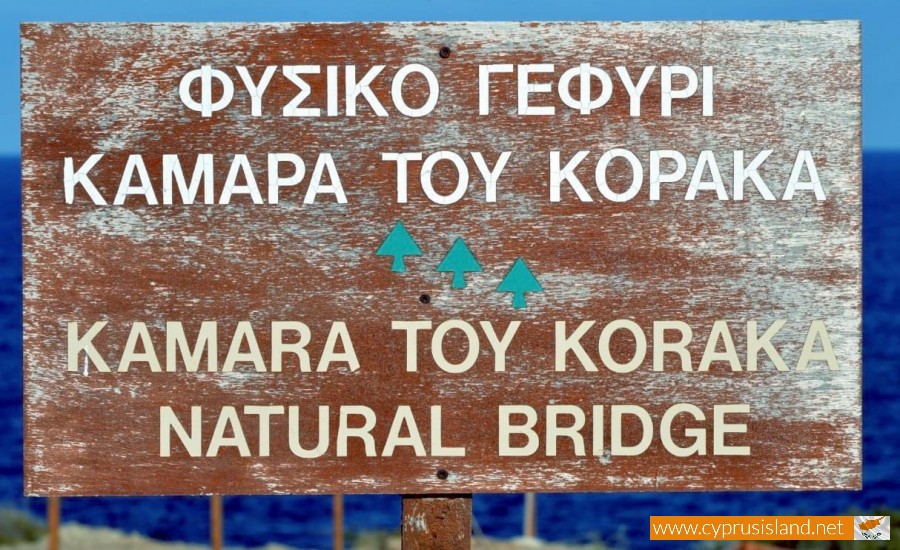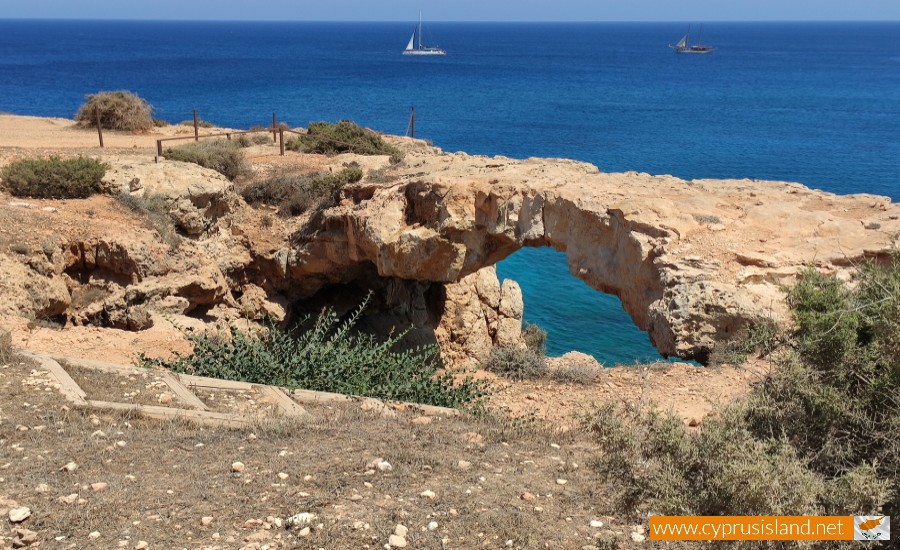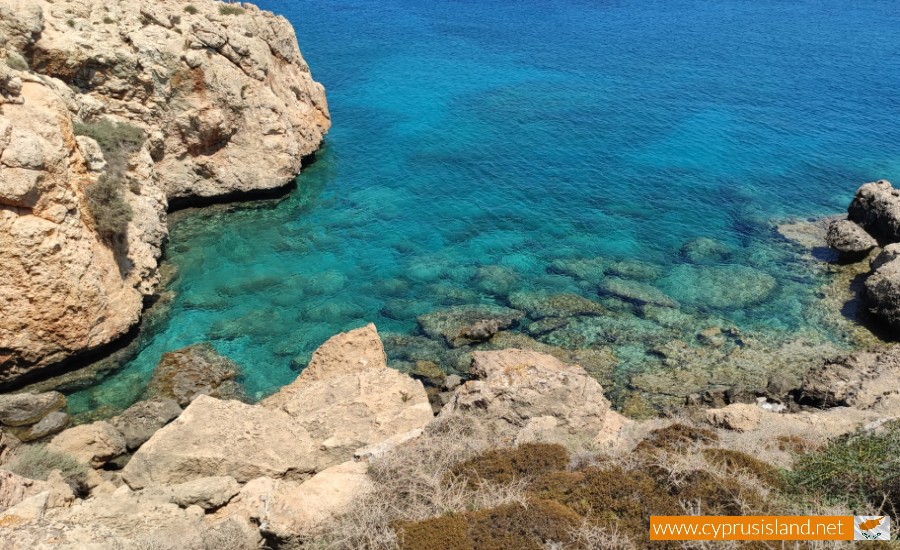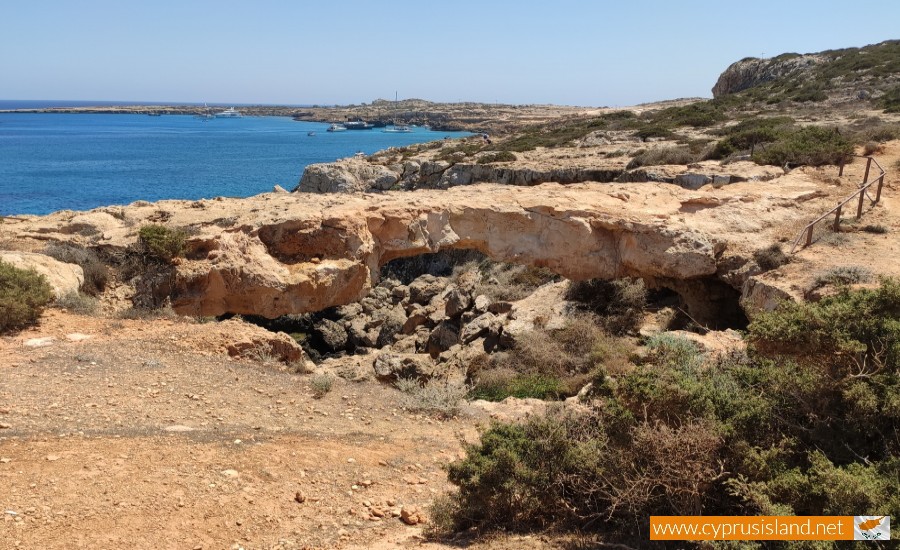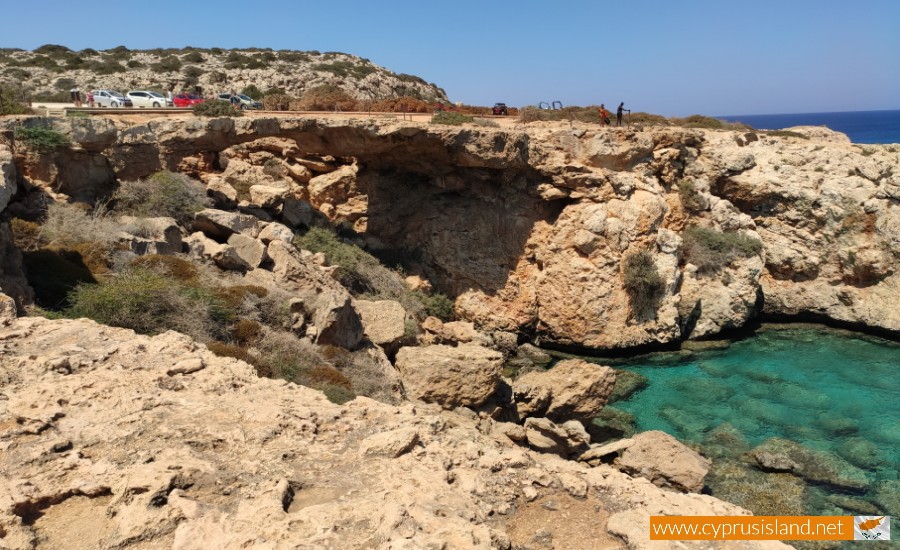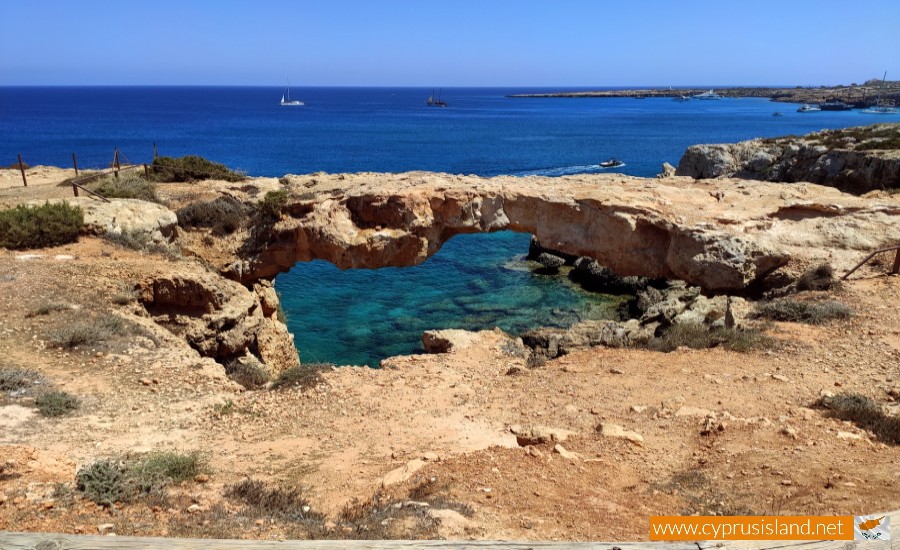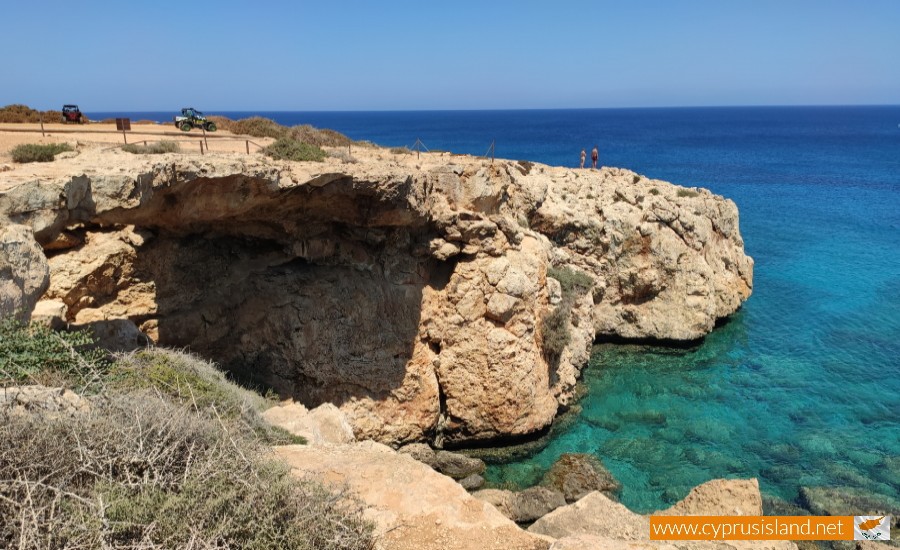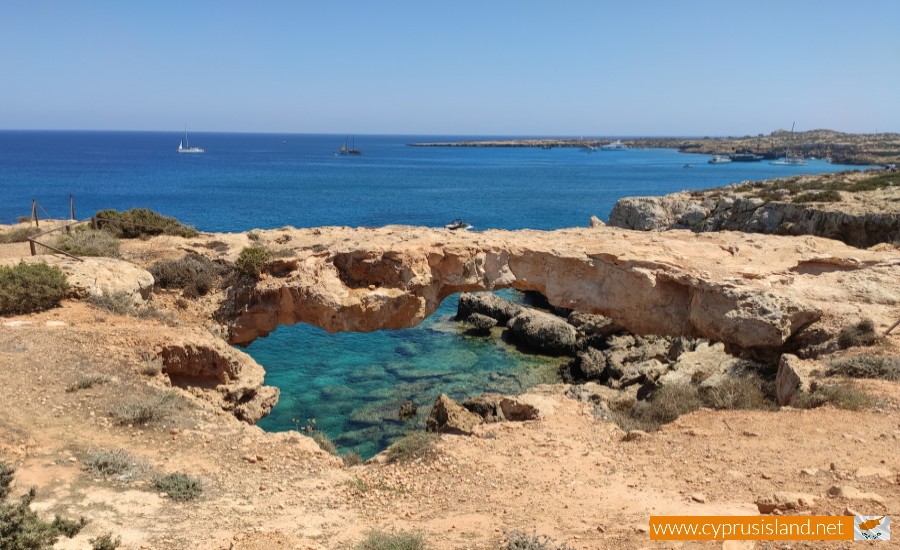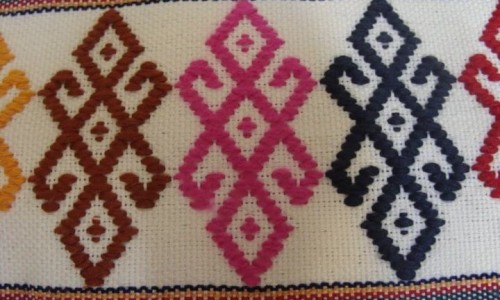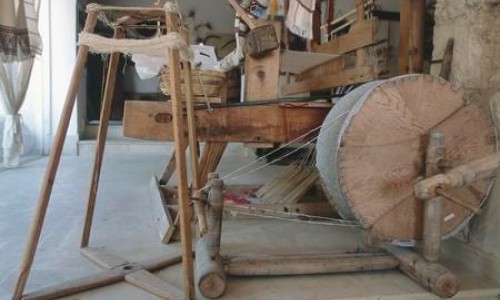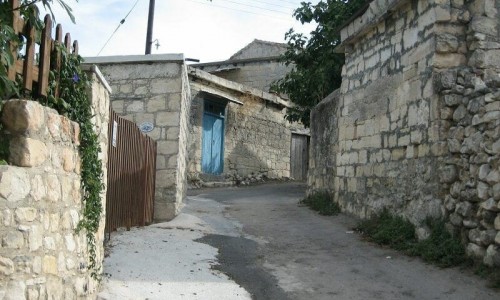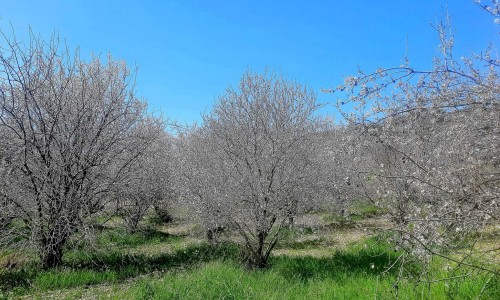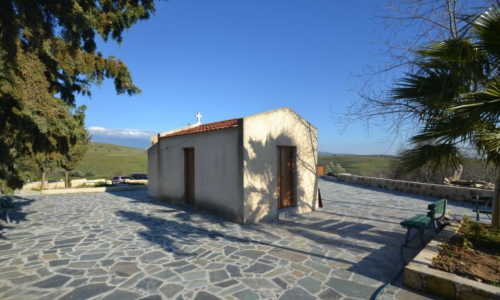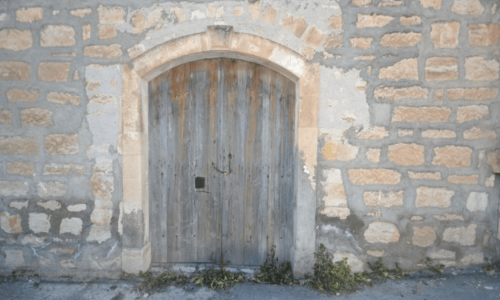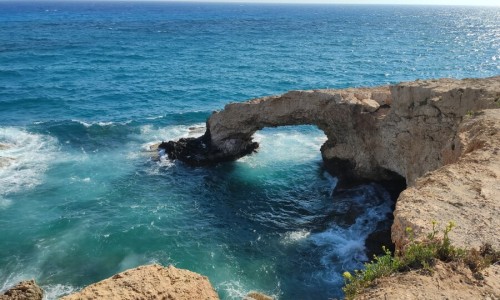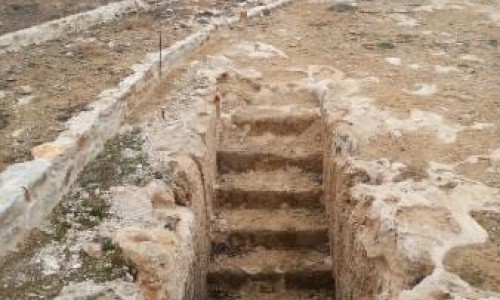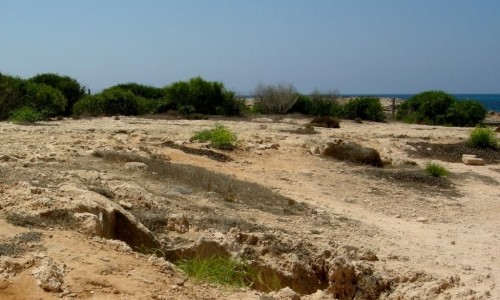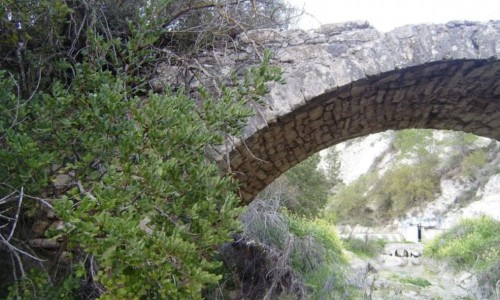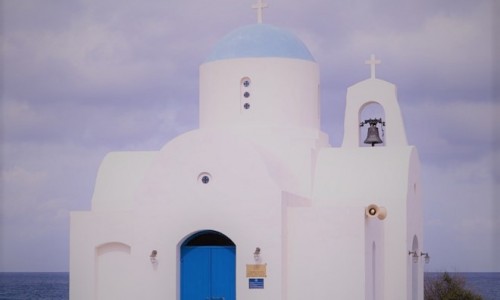Kamara tou Koraka - Ayia Napa
Ayia Napa, a renowned coastal town in Cyprus, entices visitors with its beautiful beaches and lively nightlife. Nestled amidst this Mediterranean paradise lies a hidden gem known as Kamara tou Koraka, the Natural Bridge. This captivating rock formation showcases nature's artistic prowess and offers a unique opportunity to marvel at its remarkable beauty.
Kamara tou Koraka, also referred to as the Natural Bridge, is a mesmerizing natural rock arch situated near the coastal cliffs of Ayia Napa. Carved over countless years by the erosive forces of wind and water, this geological wonder stands as a testament to the Earth's transformative powers. Approaching Kamara tou Koraka, visitors are greeted with a breathtaking sight. The arch, formed by layers of limestone and other sedimentary rocks, spans a considerable distance, framing the pristine waters of the Mediterranean Sea below. The natural curves and intricate details of the bridge exemplify the remarkable artistry of time and natural elements.
Travelers are drawn to Kamara tou Koraka as a must-see attraction while visiting Ayia Napa. Exploring this geological wonder involves a short hike along the coastal cliffs, offering scenic vistas of the surrounding landscape. As you draw nearer, the sound of crashing waves and the refreshing sea breeze heighten the sensory experience. Ascending Kamara tou Koraka provides a unique perspective and an opportunity to marvel at the forces of nature. From this vantage point, visitors can gaze out at the expansive Mediterranean Sea or peer down into the azure waters below, where marine life thrives amidst the rocky crevices.
In recognition of its natural beauty and ecological significance, efforts have been made to preserve and protect Kamara tou Koraka. Visitors are encouraged to exercise caution and respect the site, refraining from causing any harm to the delicate rock formations or leaving behind any traces of litter. By practicing responsible tourism, we can ensure that this natural wonder remains intact for future generations to appreciate.
Kamara tou Koraka, the Natural Bridge of Ayia Napa, is an enchanting natural rock arch that exemplifies the coastal beauty of this region. Whether you are a nature enthusiast, a photography lover, or simply seeking a serene moment in nature's grandeur, a visit to this geological marvel promises an unforgettable experience. So, lace up your hiking boots, embark on a journey to Ayia Napa, and witness the timeless allure of Kamara tou Koraka. Please note that the information provided in this rewritten article is based on existing knowledge up until September 2021, and it's always advisable to verify the latest details and updates from reliable sources when planning a visit to Kamara tou Koraka in Ayia Napa.


